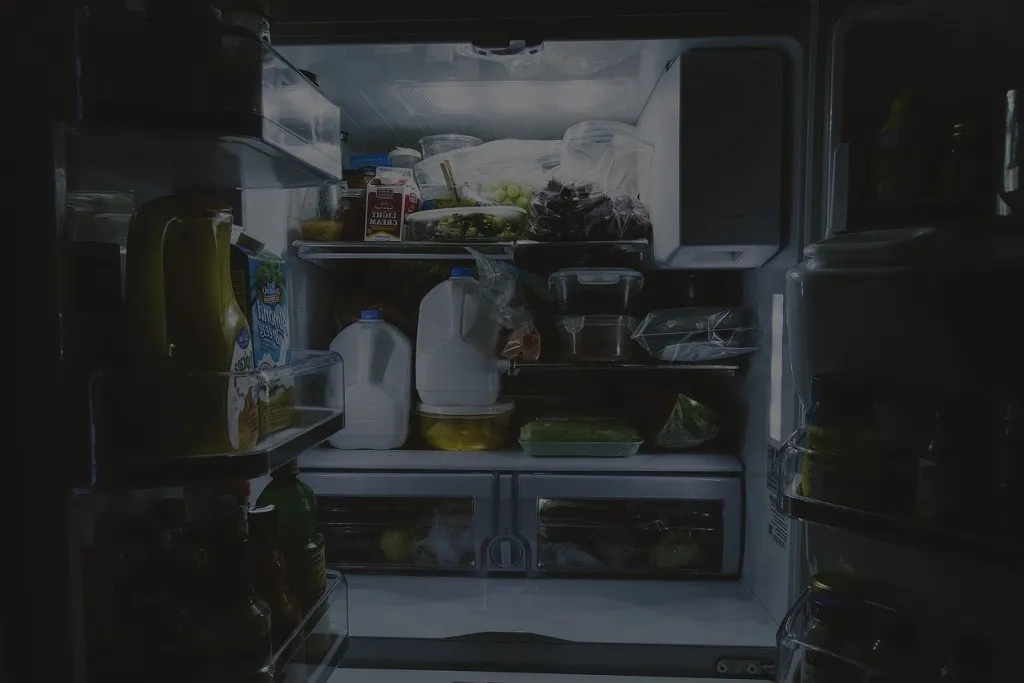
Reasons Why Your Maytag Refrigerator Doesn’t Cool
You depend on your fridge to keep food cool and fresh. It can be alarming to realize that your fridge isn’t cooling as it should, but that doesn’t mean it needs replacing. We’ll discuss possible reasons why your refrigerator isn’t cooling and what you can do about it.
The power source is switched off or unplugged
Check that your refrigerator is plugged in and you have not switched off the breaker’s switch. Check the power source if you open the fridge and it doesn’t have a light or isn’t cooling.
The thermostat is not set correctly
Your refrigerator’s temperature should be maintained between 32oF and 40oF for optimal performance. Check that the thermostat is within this range if your refrigerator stops cooling. It’s easy for children to accidentally change your fridge’s thermostat, or food can bump into it.

Blocked Vents
For a refrigerator to cool correctly, it needs proper airflow. The vents inside the fridge and the freezer may be blocked by food. Food items can block the vents in your fridge if you have overstuffed it. This can cause the food to freeze in your fridge. Move items that could be blocking your vents and organize your fridge so that it allows proper airflow. The vent of your freezer is less likely to be frosted. In this scenario, you’ll have to remove the ice.
Dirty Condenser Coils
Over time, your refrigerator’s condenser can gather dirt, dust, and other debris. These coils usually reside at your refrigerator’s bottom or even back. They can become blocked due to pet hair or dust. Blocked coils will make it harder to release heat and could make your compressor work harder. You should clean your coils about every 2-3 months if the air around your fridge is dusty and greasy, and there are a lot of pets in your home.
Gaskets with a Dirty Or Faulty Surface
Gaskets are the flexible, soft seals found inside refrigerator doors. They can become dirty, worn, or dirty with time. Gaskets are used to keep the cold air within the refrigerator. You should clean the edges and gaskets on your fridge if cold air is escaping. Use a warm, soapy sponge and warm water to do this. If air continues escaping and it still doesn’t cool after cleaning the gaskets on your fridge, call a technician who can determine whether you need to replace your gaskets.
Not Clear Space
Refrigerators release heat during the cooling process when the vaporized refrigerant becomes liquid. You need at least 1/2″ clearance on both sides and one inch in the back to achieve optimal performance. Consult your refrigerator installation instructions to ensure sufficient clearance space to cool your fridge effectively.
Broken Or Stuck Condenser Fan
Usually mounted behind the refrigerator, the fan is standard on most models. This fan keeps condenser evaporator coils cool, which helps to prevent compressor overheating. If your fan stops working, you should consult a repair professional.
Faulty Circuit Board
The circuit board is the brain of your refrigerator. It controls everything, from temperature regulation and powering the individual parts. The circuit board may be defective if you’ve tried to troubleshoot and check for other causes, but your fridge is still not cooling. This can be an expensive repair, so it is best to have a professional diagnose and fix the problem.

Why Is My Refrigerator Not Working, But My Freezer Is?
A faulty or stuck fan could be the cause. The damper controls may be stuck closed. A defective thermistor can’t read the temperature accurately. The circuit board for temperature needs to be replaced. If you have checked all the components, they should work. However, if they do, replacing your circuit boards may be necessary.
Should I Unplug The Refrigerator When It Doesn’t Cool?
Unplugging the fridge is recommended if the vent is blocked by heavy frost. It is important to note that your fridge must be unplugged for at least a day to ensure all the ice has melted.
